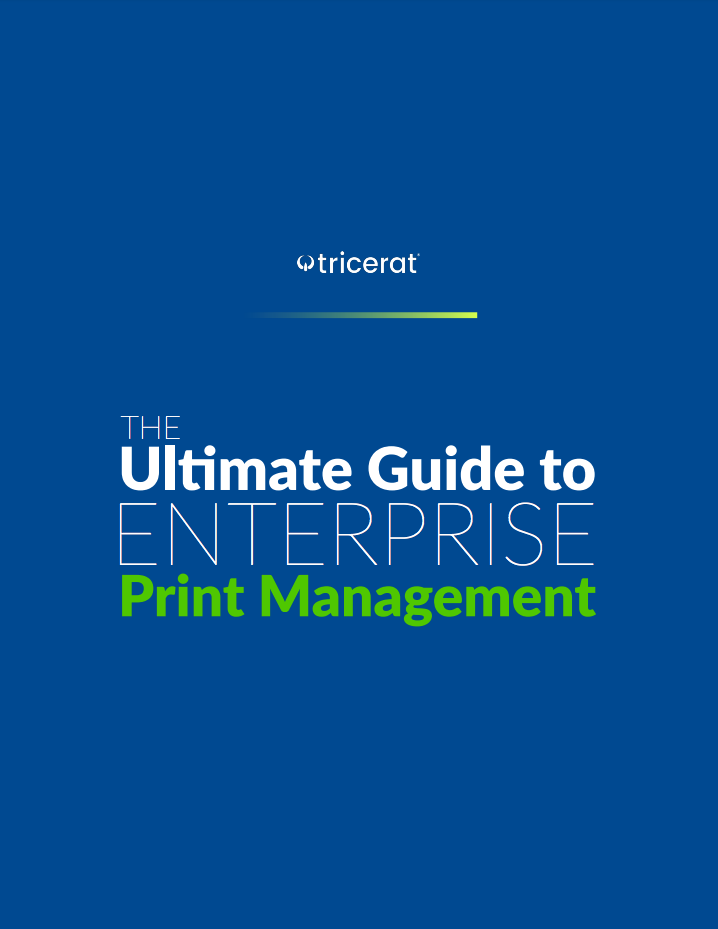C Suite decisions on enterprise software are baffling to many vendors today. A primary reason is that savvy businesses know that a technology decision is not really about features and benefits, but the return on investment that you can achieve by introducing new technology into your organization. Vendors that continue traditional selling and do not address the actual financial returns their solution provides will find themselves outpaced by their more advanced competition.
Does your software company offer an ROI calculator for your enterprise solutions? Have you done the work of determining the hard and soft costs prospective customers should consider when reviewing your offering? Not providing this information early in the buyer decision process puts your company at a distinct disadvantage against more aggressive vendors.
Your prospects are asking, ‘what are the things that go into calculating an ROI of this product? What should we be looking for when deciding if this new technology will provide acceptable financial results? How do we use this information to decide on this versus other technology projects we need to prioritize? In what order should we undertake approved projects? Should a project even be done at all?’
How is an ROI calculated? When we look at enterprise software, in and of itself, it truly has no value to an organization. The value comes from the benefits and outcomes that are generated from actually using the software to its’ full potential. To calculate the ROI, we begin by examining all potential outcomes as sources of value. These are then combined to estimate the gross value of the project that is under examination.

The first step is to examine what are termed “hard benefits” that originate from the desired outcomes. These are the benefits where an actual dollar amount for the outcome can be estimated.
An example of some hard benefits include:
|
 |
Intangible, often called “soft” benefits should not be included in these ROI calculations. These intangibles are often as important as the hard benefits, but are very difficult or impossible to quantify financially. Intangible benefits should be fully explained within the overall business case. Where ever possible, it is appropriate to include details given of any quantification or measurement. Examples of intangible IT benefits include:
|
 |
Additionally, all enterprise software goes through implementation before being used in production. For example, implementation can include the following and these costs should be included in the ROI calculation:
For any investment, the time horizon over which the investment produces returns is to be considered. The fundamental exercise is to use the software implementation period as a guide to estimating the project time horizon. Some software implementations are completed rapidly. Software that can be rolled out quickly is more likely to be replaced sooner than software that takes a long time to roll out. The reason is that a short rollout has less work, cost, and business disruption, and that makes it easier to move to a better product if needs change.
Examples include software that is operational in 1 to 3 months or less, a time horizon of 3 years is appropriate. ERP software with a project implementation time of about a year before being fully operational would likely use a time horizon of 5 years. Bear in mind that there will be minimal returns for the first year if the software takes a year to roll out. Generally, a 5-year time horizon only has about four years of returns.
By calculating and comparing the ROI of different projects and proposals, businesses are able to gain an understanding of which IT projects to undertake. ROI is the method to prove to corporate executives, shareholders and other stakeholders that a particular project investment is beneficial for the business.
The higher the ROI of a given project under consideration, the better. For example, a 200% ROI over 4 years indicates a return of double the project investment. From a pure financial standpoint, it makes sense to choose projects with the highest ROI first. Only then does the business undertake those with lower ROI’s. While there are potential exceptions, if a project has a negative ROI, it is questionable if it should be authorized to proceed.
Today, no project has an automatic right to approval and a budget. The decision making process to invest in IT systems projects has to compete with all other business areas and these proposals. Assisting your buyers with an ROI calculator for your solutions should be considered a must for any enterprise software vendor.
